ayisīnowak: A Communications Guide - A Cross-Cultural Collaboration
When the Truth and Reconciliation Commission (TRC) Report was published in 2015 it revealed the reality of residential schools, the damage the...
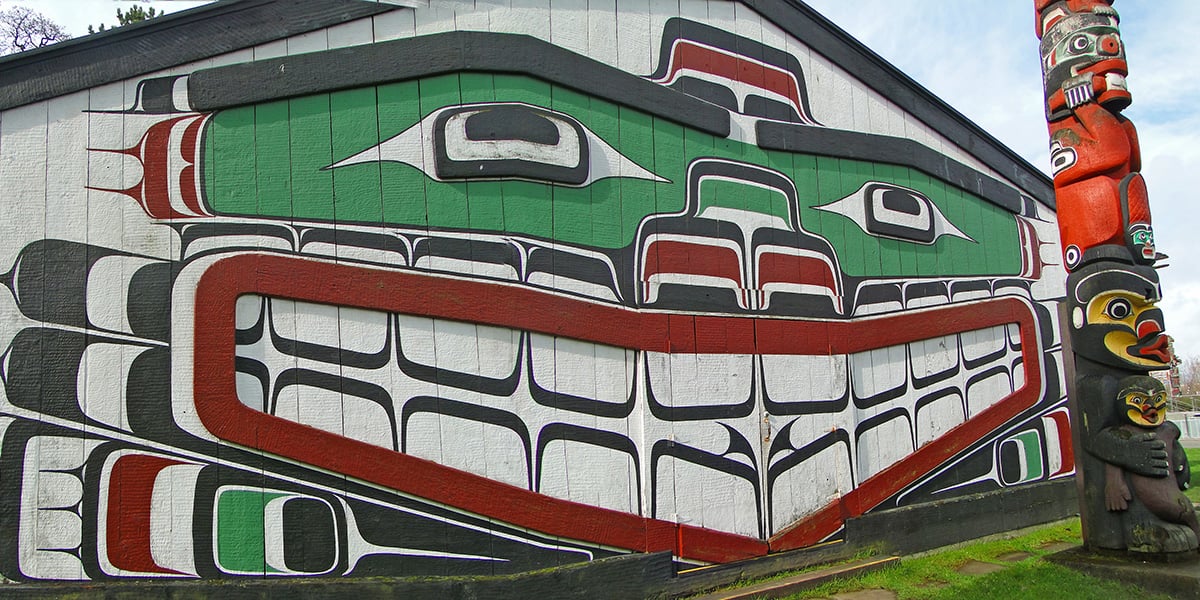
Cultural tourism is one of the largest and fastest-growing tourism markets globally. The urge to experience another culture or learn about another culture is a common motivation for a great many tourists. In Canada, the uptick in Indigenous-led wildlife tours and community-based cultural experiences reflects the growth in this market. Both domestic and international tourists are increasingly drawn to Indigenous culture.
And, Indigenous communities are organizing and capitalizing on this interest:
There are more than 1,500 Indigenous-led tourism organizations. . . Collectively, they employ over 33,000 people, generate $67 million in consumption tax revenue, and contribute $1.4 billion towards Canada’s annual GDP [1]
The significance of “Indigenous-led” organizations is immense. No longer are Indigenous Peoples and their cultures objects of interest in the tourist trade - they are the operators and as such, they manage which aspects of their culture are shared and which are held back.
Throughout history and throughout the world, Indigenous peoples are frequently the most marginalized sectors in their societies. Paradoxically, their very cultures which were often suppressed through colonialism, have long been of great interest to tourists due to their “otherness.” The appeal of Indigenous culture was not overlooked by the federal government.
Indigenous arts and culture are the most unique and authentic thing Canada has to offer the world. In the 1970s, as Prime Minister Pierre Trudeau sought to strengthen relations with the Soviet Union and China, key ministers like Jean Chrétien facilitated exhibitions of Inuit art behind the Iron Curtain in Moscow, Leningrad (now Saint Petersburg), Shanghai, and Peking (now Beijing). And, in 1991, Haida sculptor Bill Reid completed and installed The Spirit of Haida Gwaii at the Canadian embassy in Washington, DC. The piece was also featured on $20 notes issued between 2004 and 2012. [2]
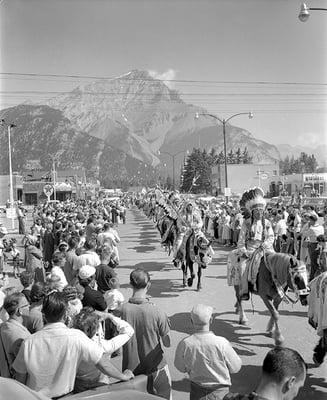
An example of this paradox is the establishment of “Banff Indian Days” in the late 19th Century. Banff Indian Days was a festival for tourists to see “real Indians” and to display “authentic” Stoney Nakoda culture. It began in 1889 when passengers on the Canadian Pacific Railway were stranded in Banff for several days. The Stoney Nakoda were asked to “dress up” and entertain the passengers. Which they did and continued to do so until 1978.
The backstory is that when Banff National Park was created it prohibited all traditional hunting and gathering activities of all Indigenous groups that make up the Treaty 7 Nations, including the Stoney Nakoda, due to the perception that such activities damaged the park. They were pushed out of the land on which they had pursued their traditions for millennia except for certain days on which they were invited to Banff but were always expected to wear regalia in order to draw tourists and revenue and then vacate again.
An added layer of interest to the Banff Indian Days example is that this was in the era of the government doubling down on erasing Indigenous culture. From 1906 to 1951, it was an indictable offence for Indigenous People to appear outside of their reserve wearing traditional regalia.
In 2004, Stoney people began to rekindle the celebrations although not as a spectacle for tourists but as an occasion to gather and share stories on land that holds great cultural significance to their culture.
Cultural heritage is the legacy of physical artefacts and intangible attributes of a group or society that are inherited from past generations, maintained in the present and bestowed for the benefit of future generations. [3]
There are Indigenous cultural experiences in every province and territory. If your holiday plans include a cultural experience and you’re really keen to get the most out of your trip consider taking our online Indigenous Awareness course so that you understand the history of Indigenous Peoples in Canada and the roots of some of the challenges and issues impacting Indigenous Peoples.
If you are informed, respectful, and grateful for the opportunity to experience Indigenous culture, then you can’t go wrong.
[1] A New Day for Indigenous Tourism, The Aboriginal Business Report, p 15 https://www.mediaedgemagazines.com/the-canadian-council-for-aboriginal-business-ccab/cb83/
[2] Julian Brave Noisecat, How Canada Uses Indigenous Art to Push a Liberal Agenda Abroad, The Walrus, Jan. 16, 2019, https://thewalrus.ca/how-canada-uses-indigenous-art-to-push-a-liberal-agenda-abroad/
[3] UNESCO http://www.unesco.org/new/en/cairo/culture/tangible-cultural-heritage/
Featured photo: A traditional big house built in 1953 by Kwakwaka'wakw Chief Mungo Martin. Victoria, BC, Canada. Photo: Shutterstock
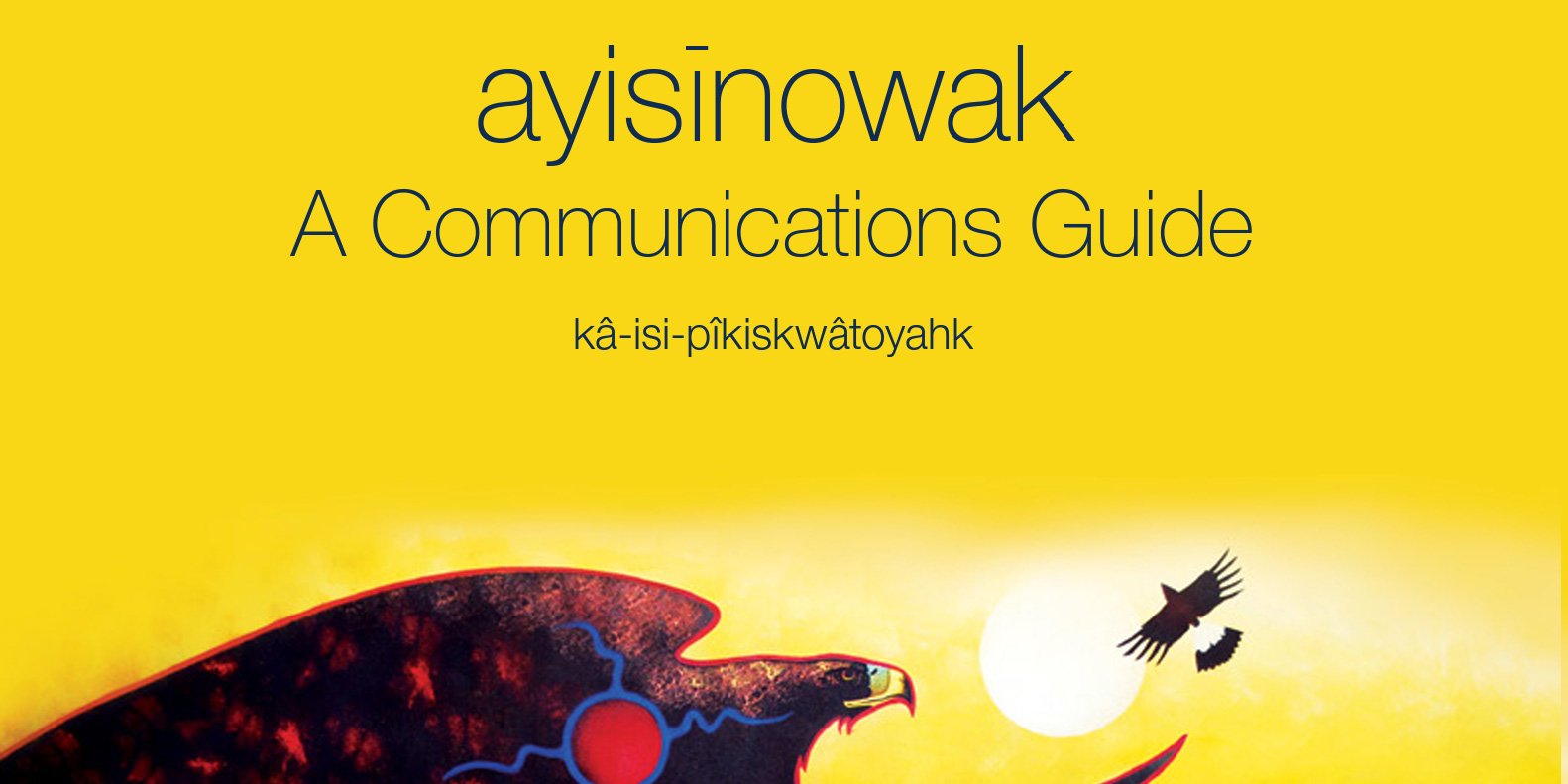
When the Truth and Reconciliation Commission (TRC) Report was published in 2015 it revealed the reality of residential schools, the damage the...
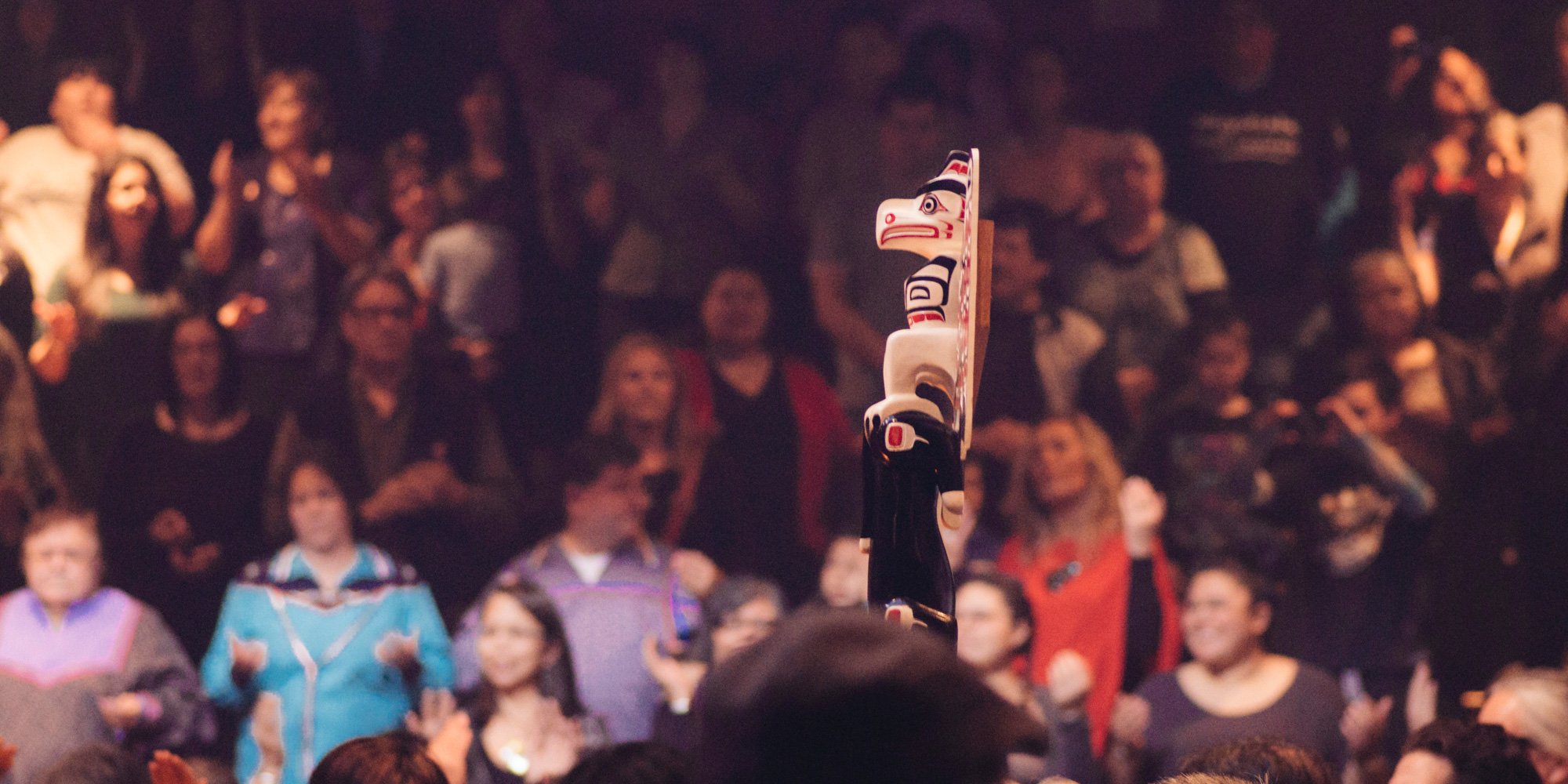
A reader recently asked us a question about talking sticks. We changed the question a little so as to preserve the confidentiality of the questioner.
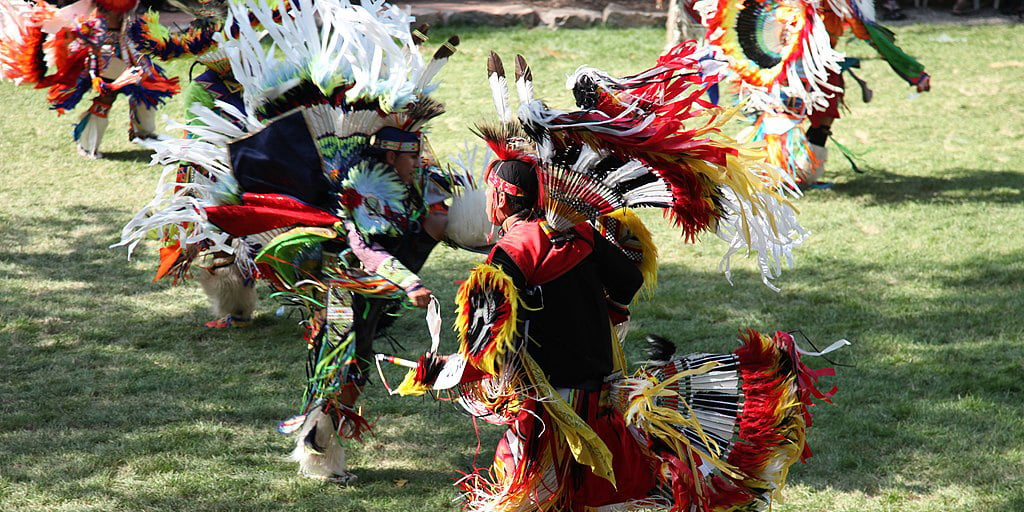
We all belong to some form of culture and identify with that culture to varying degrees. Our understanding of our own cultural identity begins at...